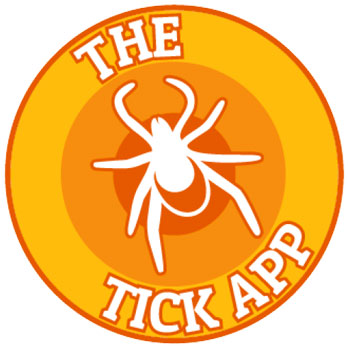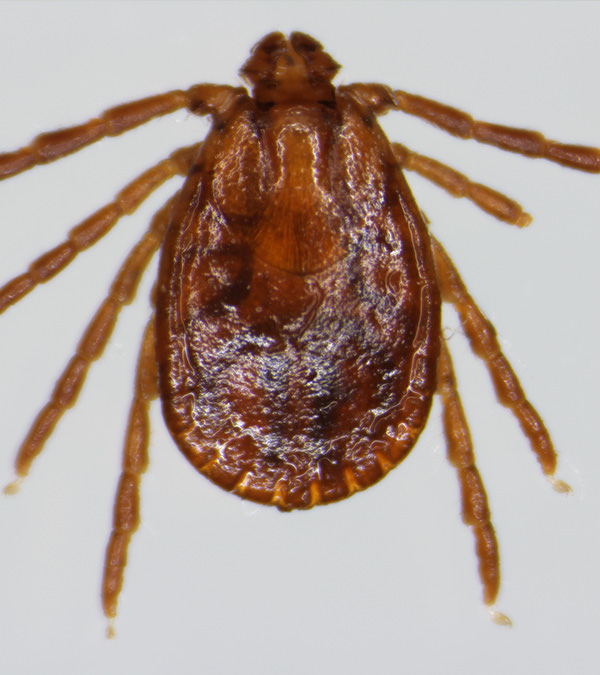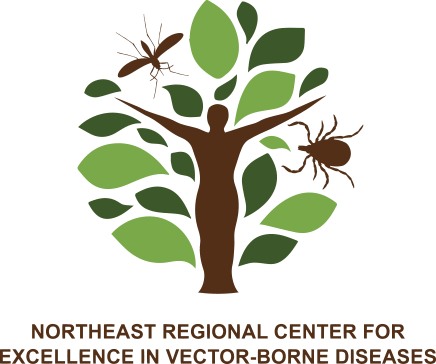Asian Longhorned Tick (Cattle Tick or Bush Tick) Haemaphysalis longicornis
Intruder Alert! The Asian longhorned tick is an invasive species to the United States. The Asian longhorned tick was first documented in the US in 2017 on a farm in New Jersey, and is now known to have been here since at least 2010.
Asian Longhorned Tick Habitat
The Asian longhorned tick is native to East Asia, and has spread to Australia and New Zealand. In the United States, these ticks have been documented in at least 19 states, mostly along the east coast.
You can access updated maps on the distribution of the Asian longhorned tick by visiting the Southeastern Cooperative Wildlife Disease Study updated map.
The USDA also provides updated resources on the Asian longhorned tick in the United States.
We are still investigating what habitats these ticks prefer in the United States. In other areas around the world where this tick lives, it tends to live in meadows and grassy areas near forests.
Diseases They Can Carry
The Asian longhorned tick is a major livestock pest. It can transmit bovine theileriosis and babesiosis infection in animals.
Asian longhorned ticks are considered a possible vector for Severe Fever with Thrombocytopenia Syndrome Virus (SFTSV), which is an emerging infectious disease in China. Asian longhorned ticks collected in Asia have also been found carrying pathogens that are similar to some of those that occur in the US, like the bacteria that cause anaplasmosis and ehrlichiosis, the parasite that causes babesiosis, and the Powassan virus.
The CDC has been evaluating what pathogens in the United States this tick can become infected with and transmit. Results of their work are highlighted below:
- Asian longhorned tick unlikely to contribute to Lyme disease transmission in the US
- Asian longhorned tick can acquire and transmit Rocky Mountain spotted fever in the laboratory setting
Prevention for Pets and Livestock
The Asian longhorned tick is considered a major livestock pest. Researchers are still evaluating the best approaches to controlling this tick in the United States. Here are some resources for learning more about this tick:
- How-To Video on Checking Cattle for Ticks (University of Tenessee)
- Information for Livestock and Pet Owners (USDA)
- Checklist for Best Management Practices for Cattle Producers (Virginia Cooperative Extension)
-
Practical Strategies to Blunt the Asian Longhorned Tick’s Imapct on Michigan Cattle, Sheep and Goat Herds (Michigan Cooperative Extension)
- NEVBD Fact Sheet on the Asian longhorned tick
- La garrapata asiática de cuernos largos: Cómo proteger su ganado y granja (NEVBD)
Additional Resources
-
Videos and Micrographs of the Asian longhorned tick, developed by Phurchhoki Sherpa, MS
-
Haemaphysalis longicornis colony available from CDC through BEI Resources
- The Asian longhorned tick interactive site from USDA APHIS
The TickApp

The TickApp is a free smartphone app that offers tick identification resources in the Northeast and Midwest USA. It was developed as a Citizen Science Project from our partners at Columbia University!

